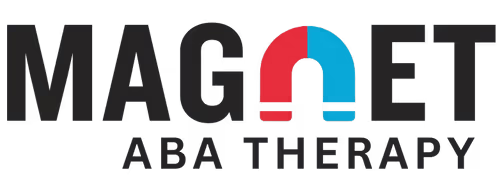Understanding ABA Therapy
Applied Behavior Analysis (ABA) therapy is a scientifically validated approach aiming to enhance valuable skills and mitigate challenging behaviors in individuals, particularly children, diagnosed with autism. It emphasizes individualized treatment plans crafted to meet specific needs, pushing the boundaries of skill development in social interaction, communication, and daily living.
The Fundamentals of ABA Therapy
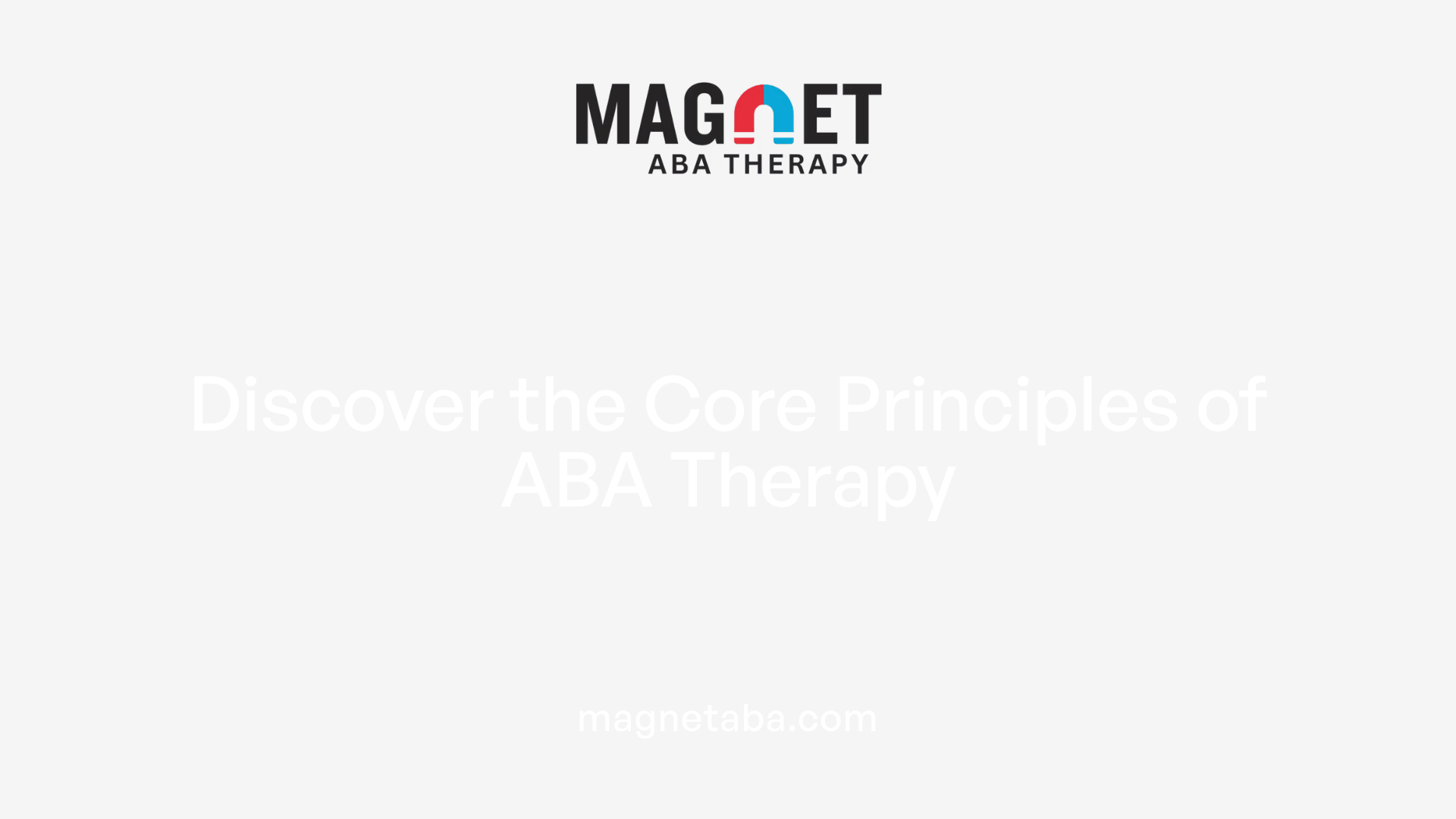
What is ABA therapy and what does it mean?
Applied Behavior Analysis (ABA) is a scientific therapy focused on the principles of learning and behavior. Primarily aimed at helping individuals, particularly children with autism, ABA enhances communication and social skills while reducing harmful behaviors.
This therapy employs techniques like positive reinforcement, whereby rewards are given to increase the likelihood of positive behavior recurrence. For instance, if a child uses words to express needs instead of crying, they may receive praise or a small reward, encouraging that behavior.
ABA also uses an analytical approach through the A-B-C model (Antecedent-Behavior-Consequence). By understanding what triggers specific behaviors and their subsequent outcomes, practitioners can tailor interventions more effectively. Programs are highly individualized; no two plans are the same, reflecting a comprehensive assessment of each child's unique strengths and needs.
Scientific basis
A strong scientific foundation underpins ABA. It is rooted in decades of research that applies principles of behavior to improve life skills. Organizations like the American Psychological Association recognize it as an evidence-based practice.
Principles of learning and behavior
The principles of ABA focus on modifying behavior through structured strategies. For example, techniques such as Discrete Trial Training (DTT) break tasks into smaller, manageable steps.
ABA doesn’t just focus on reducing problem behaviors; it also seeks to develop essential skills, ensuring that interventions are holistic and foster independence. Through consistent application and data collection, ABA aims to maximize each child's developmental potential.
Purpose and Goals of ABA Therapy
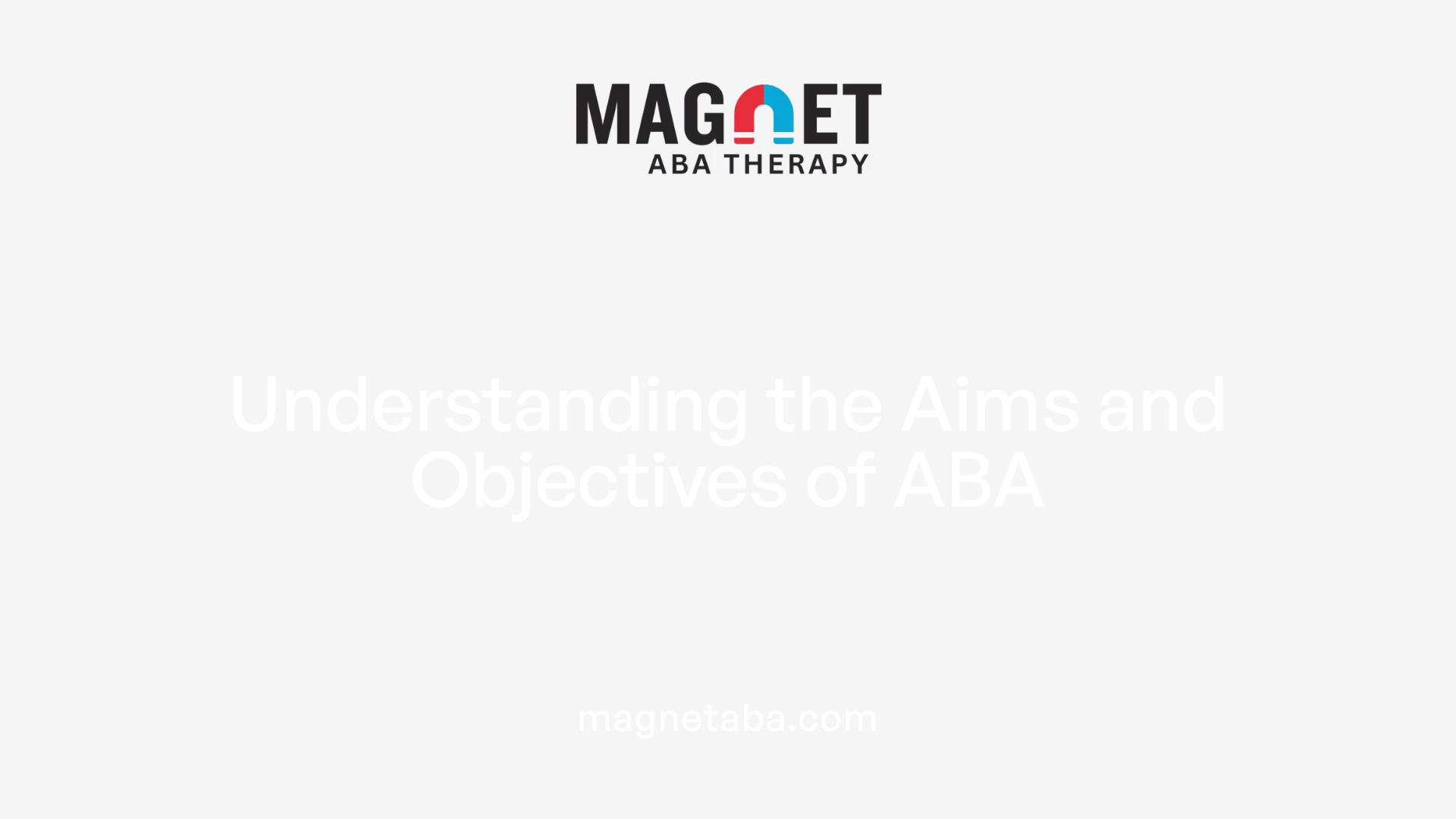
What is the purpose of ABA therapy?
The purpose of Applied Behavior Analysis (ABA) therapy is to assist individuals, particularly children with autism and developmental disorders, in acquiring essential skills while reducing harmful behaviors. Grounded in principles of learning and behavior, ABA employs techniques such as positive reinforcement to cultivate desirable behaviors. This structured approach promotes improvements in communication, social skills, and daily living skills.
Objectives of ABA therapy
ABA therapy is not a one-size-fits-all solution; it is personalized to cater to the specific needs and preferences of each individual. Qualified professionals, including Board Certified Behavior Analysts (BCBAs), evaluate individual capabilities and design customized treatment plans. These plans are developed with clear goals in mind, ensuring ongoing adjustments based on each child’s progress.
Enhancing life quality and skills development
Ultimately, ABA's goal is to enhance the overall quality of life for participants. By empowering individuals to achieve independence and connect more meaningfully with their peers and environments, ABA therapy lays the foundation for lasting change. This therapy encompasses a broad range of skills, including foundational life skills such as self-care, academic readiness, and effective social interactions, enabling children to navigate their world more fluidly.
Techniques and Methodologies in ABA
Discrete Trial Training (DTT)
Discrete Trial Training is a structured method used in ABA therapy that breaks down skills into small steps. Each skill is taught through a series of discrete trials, where a specific behavior is prompted, followed by a consequence based on the client's response. By systematically teaching in manageable chunks, DTT ensures learners can grasp each component before moving on to more complex tasks. An effective example might be teaching a child to tie their shoes. Here, the therapist would guide the child through each step of the process, using prompts and reinforcement to build confidence and skill proficiency.
Pivotal Response Treatment (PRT)
Pivotal Response Treatment is another effective methodology in ABA, focusing on pivotal areas of a child's development. This approach targets key behaviors such as motivation and self-initiation to produce broad improvements in communication and social skills. Unlike DTT, PRT is more naturalistic, allowing learning to occur in a play-based environment where children can learn through engagement. For instance, if a child shows interest in a toy, a therapist can leverage that moment, encouraging the child to ask for it, thus enhancing both language and interaction skills.
Reinforcement Principles
Reinforcement is a cornerstone of ABA therapy, as it involves using rewards to encourage desirable behaviors. Positive reinforcement increases the likelihood of a behavior being repeated, essential for skill acquisition. In practice, this might mean giving a child praise or a small reward when they successfully complete a task, like asking for help or using polite language. Reinforcement not only motivates continued participation but also aids in generalizing skills across various settings.
| Technique | Description | Application |
|---|---|---|
| Discrete Trial Training | Structured learning in small, manageable steps | Step-by-step task acquisition, like shoe-tying |
| Pivotal Response Treatment | Focuses on key behaviors for wider impacts | Encouraging self-motivated communication during play |
| Reinforcement Principles | Uses rewards to encourage behavior repetition | Praising communication attempts to foster engagement |
Comprehensive Skills Assessment in ABA
What does a skills assessment in ABA involve?
A skills assessment in Applied Behavior Analysis (ABA) is a critical first step, performed by a Board-Certified Behavior Analyst (BCBA) to ensure therapy is customized to the individual child's needs.
This assessment covers multiple domains, such as:
- Language Skills: Evaluating both expressive and receptive language capabilities.
- Motor Skills: Assessing fine and gross motor abilities essential for daily tasks.
- Social Play: Observing interactions with peers and adults to identify social skill deficits.
During the assessment, various tools may be utilized, including:
- Early Start Denver Model (ESDM): Tailored for young children, emphasizing play-based activities.
- VB-MAPP (Verbal Behavior Milestones Assessment and Placement Program): Focused on language and social skills development.
- Essential for Living Assessment: Concentrating on communication and essential life skills.
- Assessment of Functional Living Skills (AFLS): Addressing necessary daily living skills.
The insights from these evaluations help create a personalized therapy plan, aiming to enhance each child's overall functioning and quality of life.
What is Skills-Based Treatment in ABA?
Understanding Skills-Based Treatment (SBT)
Skills-based treatment (SBT) in Applied Behavior Analysis (ABA) targets teaching appropriate behaviors to replace problematic actions like self-injury and aggression. This approach centers around enhancing communication, tolerance, and contextually appropriate behaviors (CABs) using methods like positive reinforcement and repetition.
Techniques in Skills-Based Treatment
SBT employs several techniques:
- Structured Learning: Breaking down tasks into manageable steps.
- Positive Reinforcement: Rewarding desired behaviors to encourage their recurrence.
- Role Modeling: Demonstrating appropriate behaviors for children to imitate.
- Repetition and Practice: Engaging children in repeated scenarios to solidify learning.
Practical Functional Assessment (PFA)
A crucial component of SBT is the Practical Functional Assessment (PFA). This assessment helps in identifying triggers of problem behavior:
- Assessment Goals: Understand why a behavior occurs.
- Supportive Environment: Foster a trusting relationship between children and caregivers.
- Customized Strategies: Develop and implement individualized interventions based on assessment results.
Addressing Behavioral Challenges
SBT is particularly effective in managing severe behavioral challenges. It helps to:
- Identify Triggers: Recognize specific situations that provoke negative behaviors.
- Create Safe Spaces: Design environments that mitigate challenging behaviors.
- Skill Development: Focus on enhancing functional skills appropriate for social integration.
Overall, SBT in ABA encompasses a holistic strategy for fostering positive behavioral change through structured, supportive, and individualized instructional methods.
Effectiveness of ABA Therapy for Autism
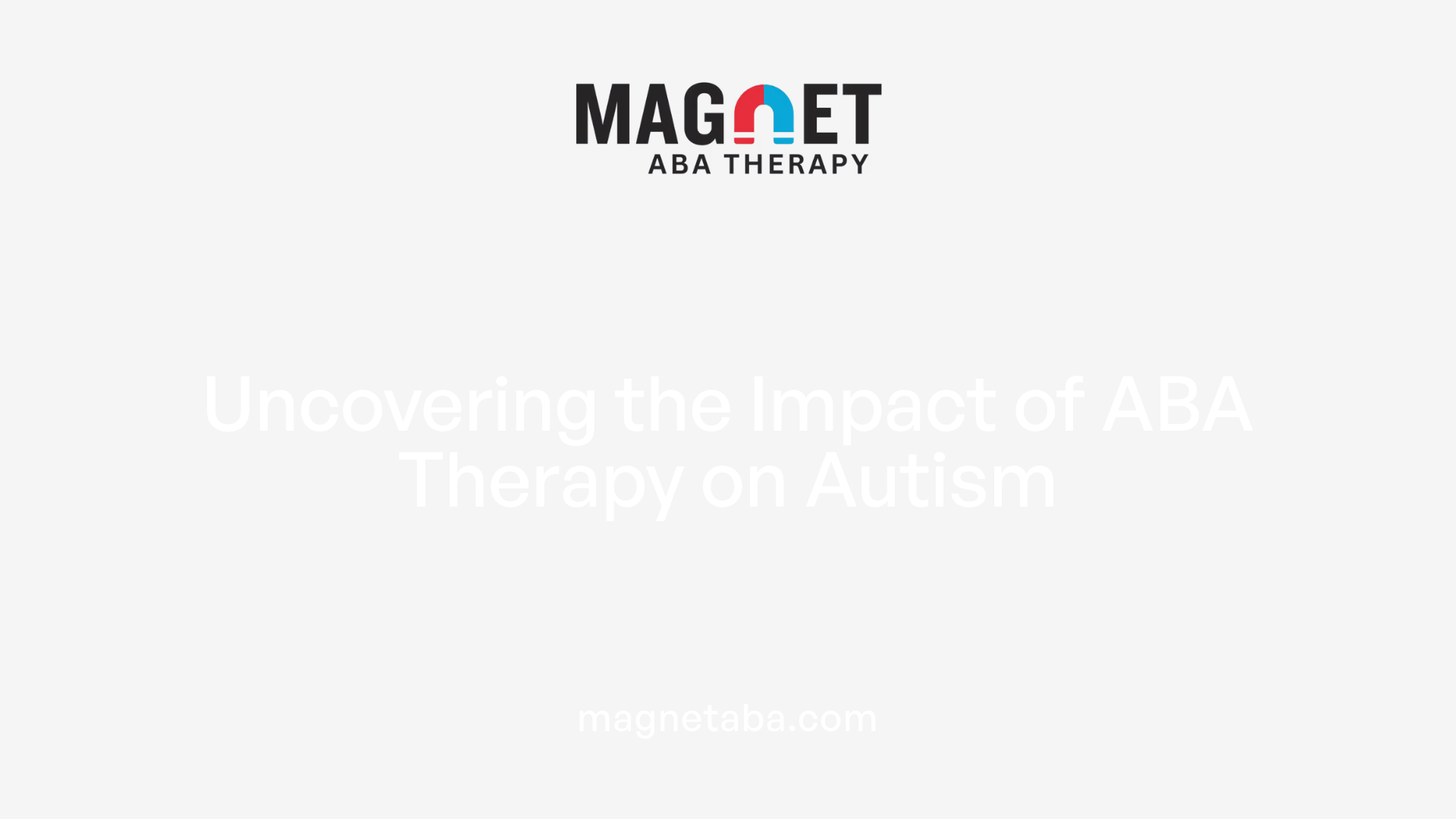
Does ABA therapy work for autism and what can it do?
ABA therapy, or Applied Behavior Analysis, is an evidence-based treatment that has gained traction since the 1960s. It aims to support individuals with autism by promoting helpful behaviors while reducing harmful ones. Tailored interventions are crafted by Board Certified Behavior Analysts (BCBAs) to address each person's unique strengths and challenges.
Research and Evidence: Numerous studies affirm the efficacy of ABA therapy, showing significant improvements in various areas for children with autism. For instance, a major meta-analysis demonstrated its effectiveness in enhancing socialization, communication, and expressive language skills. Notably, when started early—preferably before age 4—ABA can lead to substantial developmental gains.
Significant Improvements: Intensive ABA therapy, involving 25 to 40 hours a week, often results in advancements in critical skills. These include language development, daily living tasks, and social skills, which are vital for fostering independence and integrating into the community.
Social and Communication Skills: ABA’s methodologies, such as Functional Communication Training (FCT) and Discrete Trial Training (DTT), focus on refining social interactions and communication. Through structured and engaging techniques, children learn to express their needs effectively, improving their overall interactions with peers and adults.
Overall, ABA therapy aims to enhance quality of life by emphasizing skill development without altering the individual's core identity.
Understanding ABA Therapy Outcomes
Long-term Benefits of ABA Therapy
Applied Behavior Analysis (ABA) therapy shows numerous long-term benefits for individuals with autism, particularly when initiated early, preferably before age four. Research indicates that intensive ABA intervention, exceeding 20 hours weekly, can lead to significant improvements in communication, social skills, and adaptive behaviors. These gains often enhance the child’s ability to navigate various life situations independently, reducing the need for special services later in life.
Quality of Life Improvements
ABA therapy not only focuses on skill acquisition but also plays a critical role in improving the overall quality of life for children and their families. By fostering essential skills such as communication, daily living abilities, and social interaction, ABA promotes greater independence. Parents trained in ABA techniques can help generalize these skills, ensuring that children display them across different environments, improving family dynamics and community engagement.
Skill Acquisition
Skill acquisition is a cornerstone of ABA. Through strategies like positive reinforcement and prompting, children develop crucial abilities—ranging from communication to self-care and social skills. Common methodologies like Discrete Trial Training (DTT) and Functional Communication Training (FCT) facilitate this process, breaking complex behaviors into manageable tasks and ensuring progress is tracked meticulously. Consequently, ABA therapy equips children with invaluable skills for their future.
Insurance and Financial Considerations

Coverage by Insurance
Insurance coverage for ABA therapy varies widely. Many private health insurance plans recognize ABA as a medically necessary treatment, meaning they may cover some or all of the costs associated with therapy sessions. However, the level of coverage can differ significantly based on the policy.
Medicaid Policies
Medicaid plans are mandated to cover medically necessary treatments for children under the age of 21. This generally includes coverage for ABA therapy, but specifics can depend on the state and individual policy details. Coverage requirements may necessitate documentation of medical necessity as determined by a licensed healthcare provider.
Cost Implications
Costs for ABA therapy can add up, especially since intensive therapy may require 25 to 40 hours a week for 1 to 3 years. Although insurance may alleviate some financial burdens, parents should be aware of any copayments, deductibles, or caps on coverage. Families may also encounter out-of-pocket expenses if their plan does not fully cover ABA services, making financial planning essential.
In understanding insurance options for ABA therapy, it’s critical for families to review their policies carefully and consult with a healthcare advisor to navigate potential coverage and out-of-pocket costs.
Significance of Early Intervention in ABA
Benefits of early ABA
Early intervention with Applied Behavior Analysis (ABA) therapy has been shown to dramatically enhance the developmental potential of young children with autism. By starting treatment before age four, many children exhibit substantial improvements in essential skills, including communication, social interactions, and adaptive behaviors. Early intervention can lay a strong foundation, potentially reducing the need for special services later in life.
Age-related outcomes
Studies indicate that intensive ABA therapy, when administered for over 20 hours per week to young children, leads to notable advancements in various skill areas. These improvements can foster greater independence and better prepare children for future educational and social environments.
Early Start Denver Model
One specific approach gaining recognition is the Early Start Denver Model (ESDM). This comprehensive early intervention method blends play-based activities with traditional ABA techniques. ESDM has demonstrated significant effectiveness in supporting developmental gains for young children with autism, addressing both behavioral and social needs in an engaging manner.
Role of Caregivers and Family in ABA Therapy
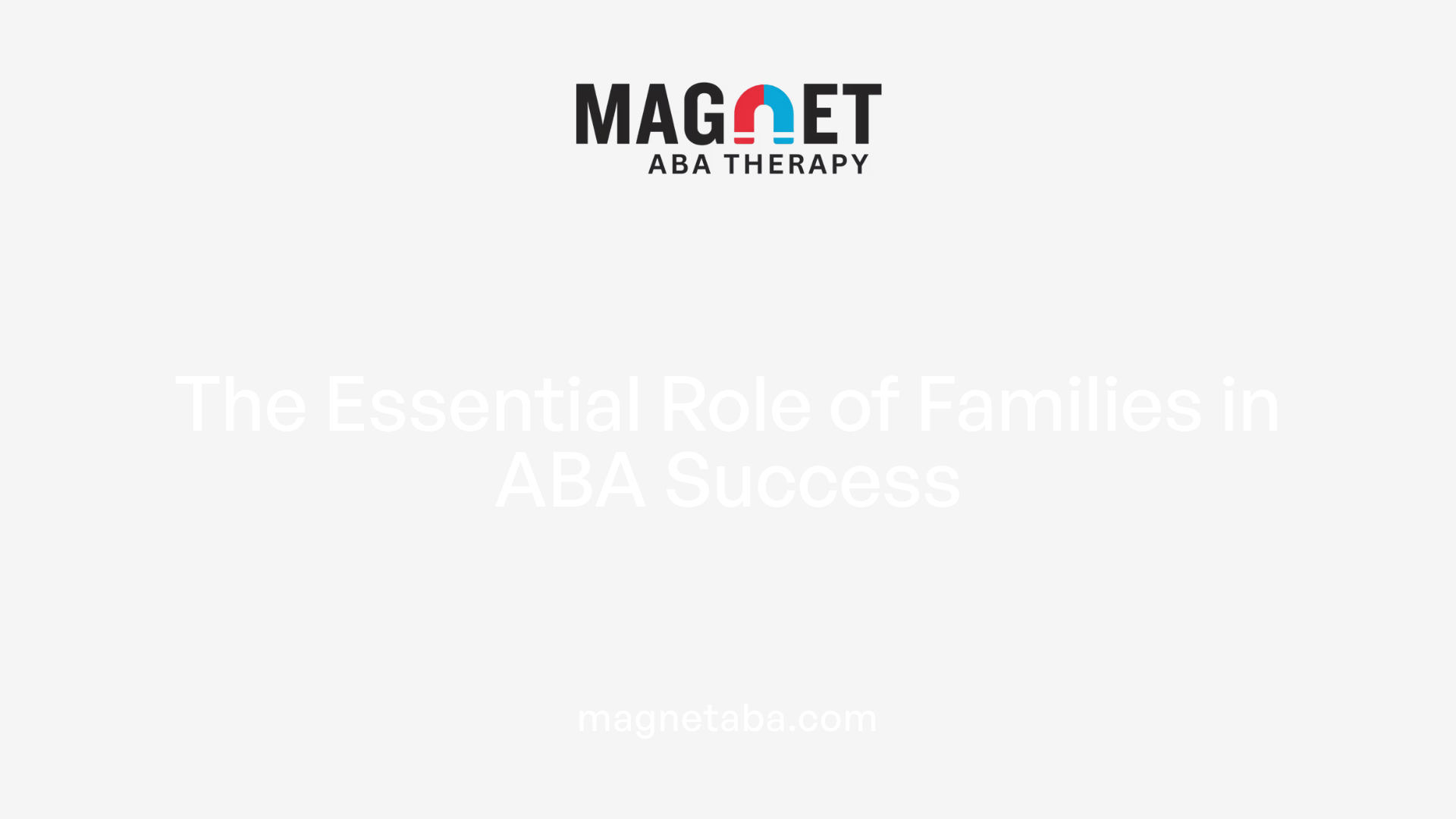
What should caregivers know about ABA therapy for children with autism?
Caregivers play a vital role in the success of Applied Behavior Analysis (ABA) therapy for children with autism. ABA is a research-backed method aimed at encouraging positive behaviors while diminishing harmful ones. One of the significant aspects of ABA is its individualized approach; treatment plans are tailored to each child's unique strengths and challenges, ensuring that interventions address their specific needs. Typically, a Board Certified Behavior Analyst (BCBA) oversees these plans.
Parental involvement
An effective ABA program strongly encourages parental involvement. Family members are trained in ABA principles, enabling them to reinforce skills learned during therapy sessions. This home-based support is crucial for generalizing skills across various settings, such as school and community environments, thus enhancing the overall impact of the therapy.
Support networks
Creating a strong support network can further optimize the effects of ABA therapy. Parents can connect with other families navigating similar challenges; sharing experiences can bolster emotional support and provide practical strategies for handling transitions or specific behaviors.
Generalization of skills
Generalization is a key goal in ABA therapy. It's important for caregivers to ensure that skills learned during structured sessions can be applied in everyday life. This involves actively practicing these skills in various contexts and monitoring progress. When caregivers facilitate this practice, children are more likely to internalize skills, leading to meaningful improvements in their daily living, social interactions, and communication abilities.
Conclusion
Applied Behavior Analysis therapy has consistently proven to be a cornerstone in supporting children with autism, equipping them with indispensable skills for enhanced interaction and self-sufficiency. With an emphasis on individualized treatment strategies, ABA serves as a critical resource for families looking to foster developmental gains in meaningful ways, backed by comprehensive assessments and scientifically validated techniques.
References
- Applied Behavior Analysis (ABA) | Autism Speaks
- ABA Therapy for Autism Services
- ABA Therapy Reshaping Autism Skill Services
- ABA Therapy for Autism Skill Services Demystified
- Questions and answers about ABA | Autism Speaks
- Applied Behavior Analysis (ABA) - Cleveland Clinic
- The Controversy Around ABA - Child Mind Institute
- 5 Common Components of ABA Therapy for Children with ASD
